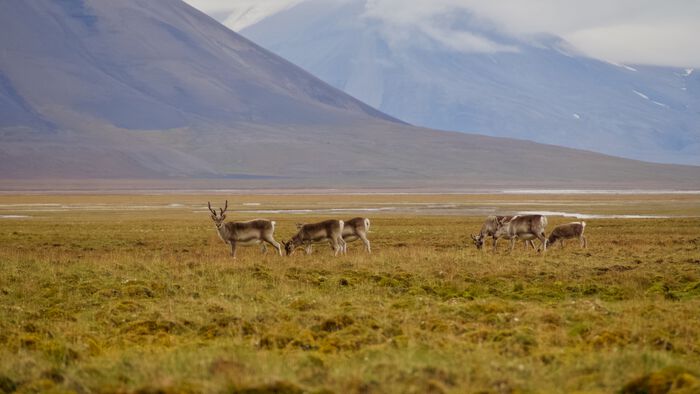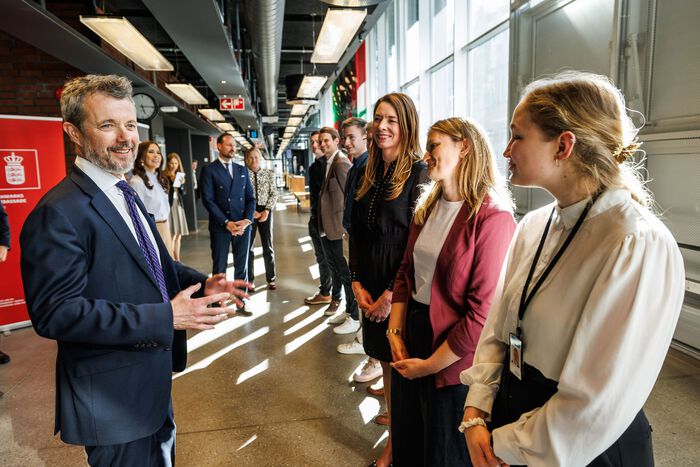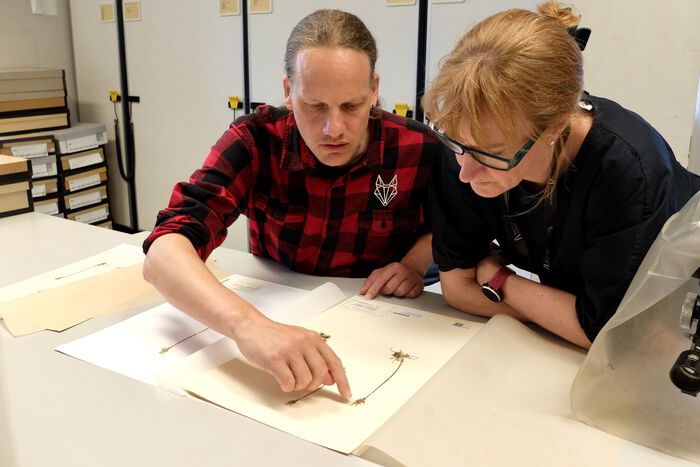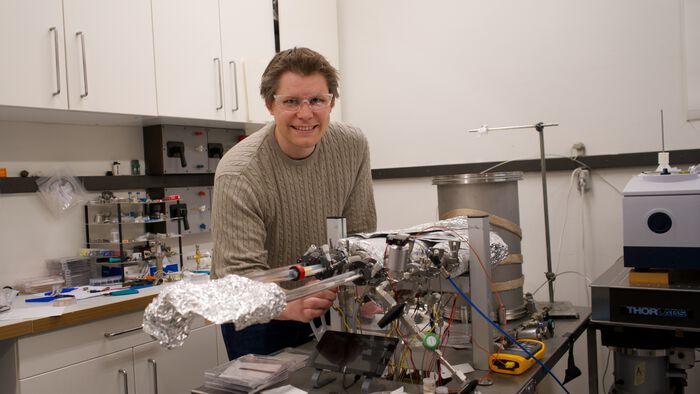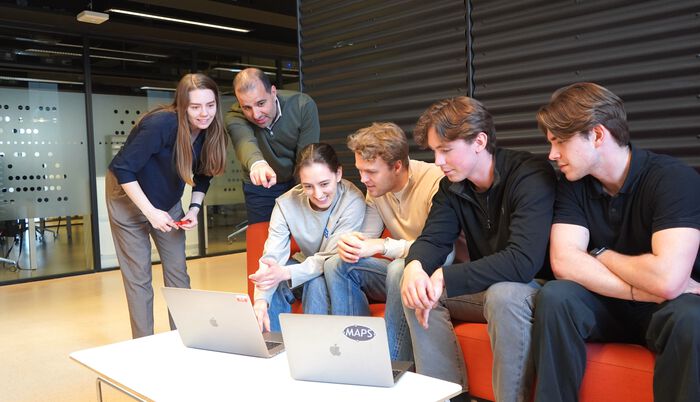4 December 2021, Cape Town, South Africa
It took us three weeks to reach the southernmost tip of Africa. Ice-breaker “Akademik Fedorov” was heading south at a steady speed and crossed the whole Atlantic without any problems. The journey has been relatively calm, and even when we had stronger winds we did not experience large rocking of the ship. It turns out that “Akademik Fedorov” has a special system with huge water tanks and pumps to prevent rocking.
In the evening we could see that the ecliptic was changing its inclination every day. At the Equator, all the planets which we could see: Venus, Saturn, and Jupiter, were directly above each other, and later at night we finally saw the Southern Cross. This was also when we had a traditional line-crossing ceremony with the visit of Neptune and his court. Everyone who crossed the Equator for the first time had to receive the permit to travel. Finally, Neptune has let the whole crew pass, and we continued south. After two days of calm water, the wind changed direction - we entered the trade winds of the southern hemisphere.

All members of the expedition have been preparing for work in Antarctica in their own way. Many of those who will overwinter were spending most of time outside and catching the strong Sun and vitamin D, being aware that soon they will have to live in extreme cold and darkness of the polar night at the Vostok station at the altitude of more than 3000 meters.
For me the travel through the Atlantic passed quickly. In fact, each day was very active: we were continuing our preparations for the work in the Bunger Hills oasis, I was working on scientific papers, student supervision and different projects. The contact with the group in Oslo is via a satellite modem which allows sending and receiving emails. Every day, I am spending some time on the deck catching the satellite signal. Sometimes it takes up to one hour to receive 500 kB, if the connection is not good.
The entry to the port of Cape Town has been spectacular. We saw the land early in the morning: the Table Mountain was clearly dominating over the city, which was covered in a low, morning fog. There were many birds and seals, and we have also spotted some whales. This was an amazing sight after travelling through basically empty ocean.
We were not allowed to leave the ship due to pandemics. The only way to stand on the African soil, or rather a concrete wharf, was to take out the dust bin to the container in front of the ship. In the last few days several new expedition members arrived, among them the helicopter pilots. This was a relief for us because we have heard that most of the flights have recently been cancelled to South Africa.
For the last few days, the ship has been getting ready for Antarctica: all decks have been disinfected, all small moving parts and scientific equipment checked and prepared, the helicopters (we have two KA-32c helicopters onboard) have been carefully checked, cargo secured. In our cabins, we have stowed away everything that was loose and could fly when traveling through the rough seas of the southern ocean.
We are leaving tomorrow around 9AM Oslo time. Ahead of us are the “roaring forties” and then we will sail further south to “furious fifties”, which is where one can experience the strongest winds and most furious storms on the Earth. The next stop is Antarctica, Progress station at 69 degrees of the southern latitude. We should get there in 12 days.
Wojciech J. Miloch
Department of Physics, UiO
**********
Professor Wojciech Miloch, at the Department of Physics, UiO, is participating in the scientific expedition to the A.B. Dobrowolski station in Bunger Hills, East Antarctica. The goal of the expedition is to revitalise the research station and restart geophysical observations in Bunger Hills. Miloch writes a blog from the journey.
The 4th PARE is organised by the Institute of Geophysics of the Polish Academy of Sciences from the funds provided by the Ministry of Science and Education of Poland. The research program of WJM is supported by the European Research Council (ERC) under the European Union’s Horizon 2020 research and innovation programme (Grant Agreement No. 866357, POLAR-4DSpace), and in part by the Research Council of Norway Grant number 267408.
The official website of the 4th PARE is http://dobrowolski.igf.edu.pl


